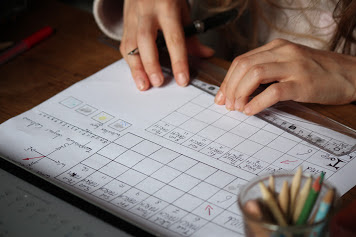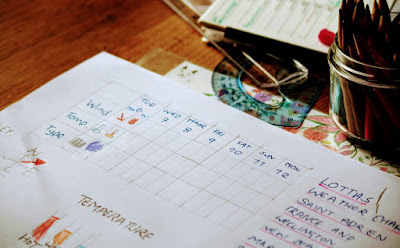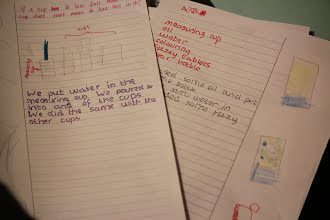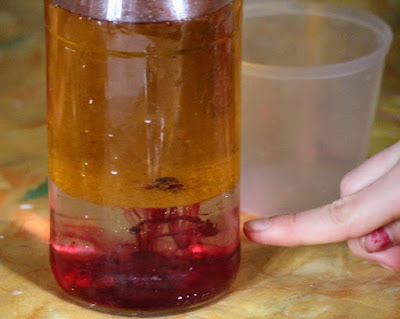As you know from posts like this one on roman helmets and this one on building roman forts, we like to keep things fun and hands on here. But as Maya gets older our emphasis has also shifted to report writing and written records of the subjects she studies. Sometimes it can actually be a challenge to make history fun for her.
The factual books that fascinate her brother don't always keep her interest. And she pulls that face, you know the one I mean, when we talk about visiting ruins, castles or any other 'historical' sites. And yet when she gets there she loves it!
So you can imagine I've been tearing my hair out a bit trying to keep our study unit on ancient cultures (Egyptians, Greeks and Romans) interesting and fun.
My own struggles made me think I might not be the only one wanting a little inspiration. There are a lot of wonderful resources out there and we've been exploiting them. Today I'd like to share with you some of the fun educational history activities I've found to keep kids of different ages passionate about history. Bring on Board Games, TV and a bit of Art. I like to think of them as my three secret weapons!
Board Games
Have you heard of 7 Wonders? The amazing board game that's won every award out there? Well we have and we've been playing it sometimes on a daily basis since October. What can a board game teach us about history? Well for starters it introduced the kids to the 7 wonders of the Ancient World.
The other great history inspiring board game we play is called Chronicards. It's a French version of TimeLine*. We're planning to invest in some more though.Check out lists here and here for more ideas.
It would be remiss not to mention here too online games. Many museums now have games aimed at children on their websites. Spending a bit of time browsing the internet can throw up some really fun games for your kids to play. National Museums of Scotland is one place we've found with excellent and fun activities. This BBC game was also great fun.
Television
As I've said before great documentaries are one of the cornerstones of our home educating life. I like to think of them as the brain food kind of screen time.
When I look for documentaries I try to identify what aspects of the period or history in general the kids are interested in. For example, on the Romans Noah is fascinated by their military power and strategies so documentaries on the life of a roman soldier were a must.
Sometimes I think more about what kind of historical inquiry might interest them. So this documentary about Tutankhamen kept both older children interested because it was organised like a crime investigation. And of course it featured Dallas Campbell who's fast becoming one of our favourite documentary presenters.
Being British I tend to use BBC documentaries. They're always great visually, feature eminent scientists and other experts and have very high production values. I do my research online and we often use YouTube to watch shows.
Another route to go down is exploring historical themes through film and story. Asking the question how have people interpreted Cleopatra (or other historical figures or peoples) over time is an interesting and valid one. We've looked at texts and films to do this.
Art
This category covers a lot. From model making through dress up and accessory making it also includes producing beautiful visual art to accompany written reports and making things out of Lego.
Yes Lego. Noah (8) is currently what I like to call Lego obsessed. He lives, breathes and sleeps Lego. If I could see into his dreams I'm sure they'd be in Lego. So what's a home educating mum to do but use Lego to learn of course!
Let's take the example of the 7 Wonders and see how Lego got involved. As the kids were already interested in the 7 Wonders and we're studying Antiquity I decided to study them in more detail. I hoped they would help us learn a bit about the great civilisations that built them and inspire the kid's interest. I wasn't disappointed.
First we watched this documentary. Although quite long all the children (including Lotta 5) found it fascinating. I asked the children how they'd like to record what they'd been learning. Noah and Lotta were both stumped (more about Maya further down). They had no desire to write or draw anything. What about Lego? I asked. They were enchanted. Both went on to construct pyramids.
These were quickly followed up by Zeus' Temple at Olympia and the Temple at Ephesus. Not only did these projects get them thinking about the monuments architecture, how do you build a pyramid? How do you get columns to hold up a roof? They also kept the conversation going about the wonders and what building them meant for their civilisations. We discussed questions such as why did they build them? What did they symbolise? What did building them do for their society?
Maya didn't choose Lego to express herself, though she wasn't above helping out or making suggestions. Instead she chose to draw each of the 7 Wonders and write something brief about each one. This provided a great opportunity to discuss perspective and architectural drawing. To explore how to represent buildings and space on paper.
Final Thoughts
Finding fun educational history activities is really about what's at the centre of all our homeschooling. Discovering what our children are interested in and facilitating their learning about it in every way possible.
As I learnt earlier in the week there's no point trying to teach how Rome was founded to an 8 year old who wants to reenact the D-day Landings! It's more productive to harness his current interest and see where it takes us.
Maya who's older is much more able to apply herself to learning about whatever I've decided is on the agenda. It remains essential however to bring things to life and make them fun and rewarding for her to study. That might be as simple as getting her books about mummification for her Egyptian studies and letting that be the central part of her report writing. Or it might be as complicated as sewing her her very own medieval dress (coming soon...).
*We actually prefer the French version as it has more information.























































